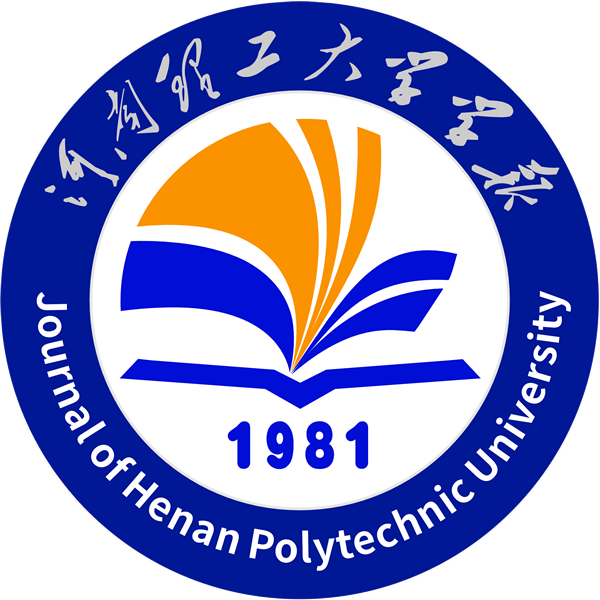| Author: LIU Zhenghai MA Xuedong WANG Zhuang CHEN Guanghui LI Lingling YANG Yang | Time: 2020-09-10 | Counts: |
doi:10.16186/j.cnki.1673-9787.2020.5.13
Received:2019/12/14
Revised:2020/02/26
Published:2020/09/15
DEM simulation study of serpentine slippery tube in transfer system
LIU Zhenghai1, MA Xuedong1, WANG Zhuang1, CHEN Guanghui1, LI Lingling1, YANG Yang2
1.School of Mechanical Engineering and Automation, University of Science and Technology Liaoning,Anshan 114051,Liaoning, China;2.Quality Inspection and Metrology Centre,Anshan Iron and Steel Company Limited,Anshan 114000 ,Liaoning,China
Abstract:In order to solve the problems of crushing granules and blocking slippery tube during the process of handling or supplying material, a serpentine slippery tube of rectangular cross-section preliminarily was outlined based on theoretical mechanics, to restrain crushing granules and reduce congestion. The sporty behavior of coal particles in the serpentine slippery tube was simulated by using discrete element method (DEM). The results showed that :(1) The interspace of coal particles were arranged closely and tinily, resulting in the higher probability of blocking slippery tube than before during the procedure of delivering coalball particles by serpentine slippery tube; (2)When the serpentine tube transported the material, a force chain structure was formed in the inclined plane and turning place, in addition, the serpentine slippery tube pulled up the actual movement distance and increased times of frictioning and contacting, leading to greatly consuming the potential energy of particles;(3)Compared with vertical slippery tube, the average velocity of coalball particles was reduced by about 69. 93%,the impact was reduced by about 88. 54%,and the kinetic energy was about 1/11 of verticalslippery tube. The possibility of breaking particles was reduced effectively,the integrity of particles was protected,and the“ soft landing“ of material particles was realized.Through the test verification of the simulation results,it was found that the simulation results were in agreement with the test results. This work provided theoretical help for the design of the efficient serpentine slippery tube .
Key words:transfer system;serpentine slippery tube;discrete element method;coal particle
- 附件【转载系统中蛇形溜管的DEM模拟研究_刘正海.pdf】Download 次

